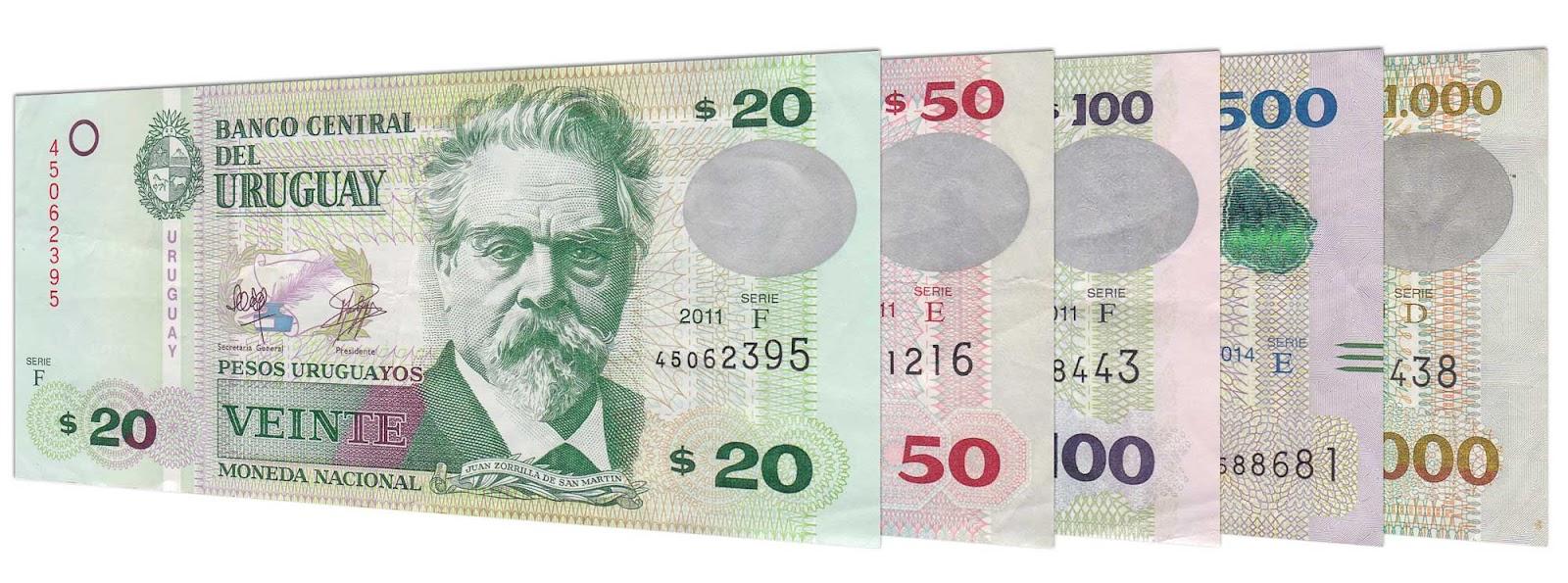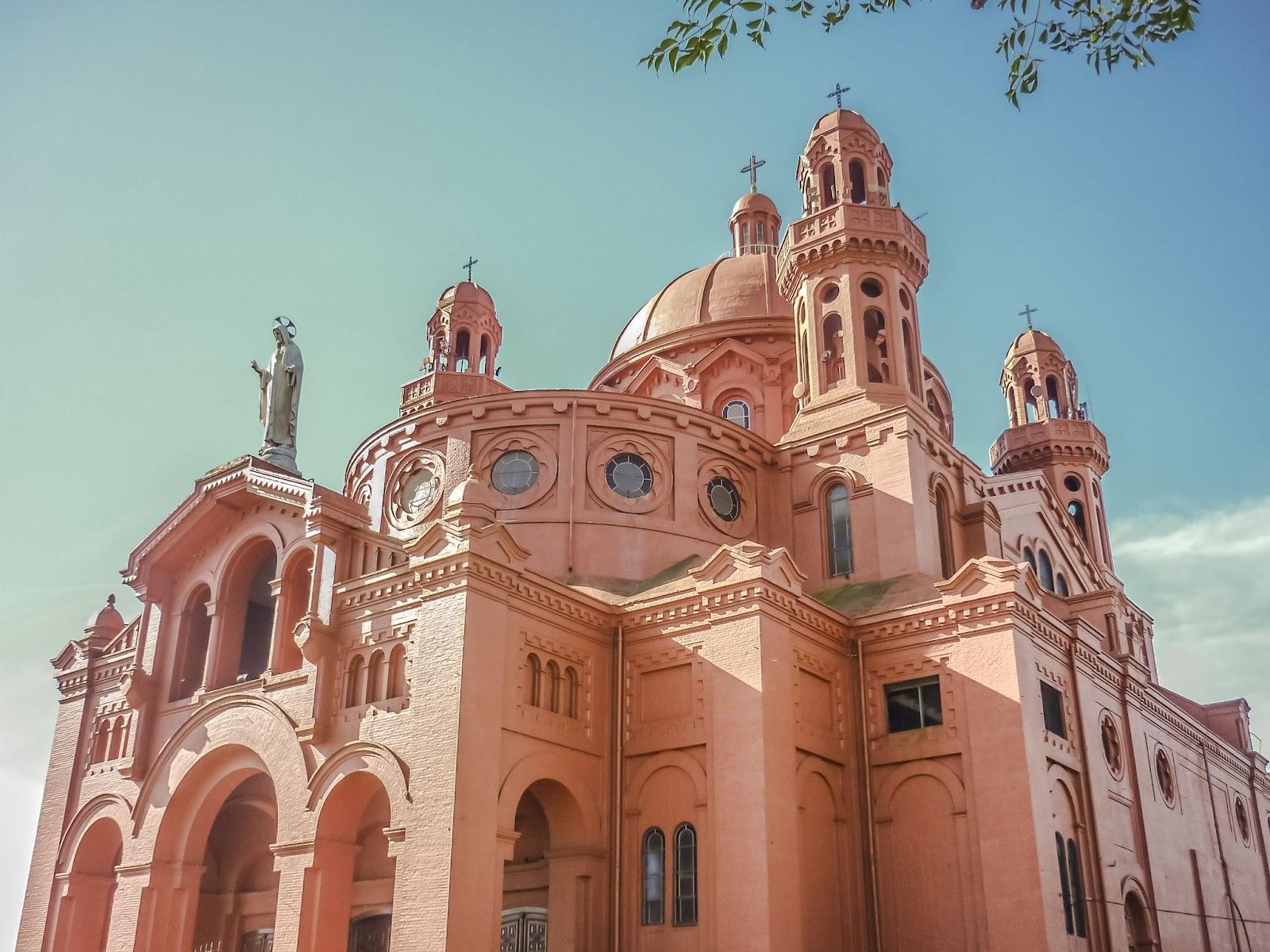
The fascinating history of Uruguay currency
Have you ever wondered what currency Uruguay uses? Whether you’re planning a trip, curious about world currencies, or looking to exchange some money, you’re in the right place!
Today, we’ll dive into the fascinating world of Uruguay’s currency, from its historical evolution to its vibrant banknotes and valuable coins.
Plus, we’ll share some interesting and fun facts to make the journey even more exciting. So, let’s embark on this financial adventure together!
What is the national currency of Uruguay?
Uruguay uses the Uruguayan peso. The symbol for it is “$U”, and the currency code is “UYU”. Coins come in denominations of 1, 2, 5, and 10 pesos. Banknotes are available in 20, 50, 100 200, 500, 1000, and 2000 pesos.
This currency is used for all transactions in Uruguay. It’s colourful and features important national symbols and figures. The Uruguayan peso is a key part of daily life and the economy in Uruguay.

Buy your pesos now
Get the best exchange rates with Manor FX
Planning a trip to Uruguay? Prepare yourself for stunning landscapes and vibrant culture!
Getting your travel money sorted before heading to South America is crucial.
Manor FX provides Uruguayan pesos at competitive rates, ensuring you get the most for your money.
Choose from home or office delivery, or pick up your currency in-store. Our fast delivery and easy online ordering make obtaining your foreign currency simple. Make it a priority before your adventure to Uruguay!
From past to present: The history of Uruguay’s currency
Uruguay’s currency journey is quite interesting. During colonial times, people used Spanish reales and escudos. After independence in 1828, Uruguay kept using these for a while.
In 1862, Uruguay introduced the peso. It replaced the old colonial currencies. This new peso was divided into 100 centésimos.
In 1960, inflation hit hard. Uruguay replaced the peso with the “nuevo peso.” One nuevo peso was worth 1,000 old pesos.
In 1975, more changes came. The “peso Uruguayo” replaced the nuevo peso, again at a rate of 1,000 to 1.
The peso Uruguayano was reintroduced in 1993, and the Central Bank of Uruguay worked hard to stabilise the currency.
Today, the peso Uruguayano is the present currency used in everyday transactions. Uruguay’s currency has changed a lot over the years, but it’s now stable and reliable, reflecting the country’s economic strength.
Uruguay banknotes
Uruguay’s banknotes are vibrant and full of history. The current series includes seven denominations: 20, 50, 100, 200, 500, 1000, and 2000 pesos.
Each banknote features significant national figures. The 20 peso note features Juan Zorrilla de San Martín, a famous poet, and the 50 peso note features José Gervasio Artigas, a national hero.
On the 100 peso note, you’ll see Eduardo Fabini, a renowned composer and the 200 peso note celebrates Pedro Figari, a distinguished painter.
These banknotes also have advanced security features. Watermarks, holograms, and unique textures help prevent counterfeiting.

Uruguay coins
Uruguay’s coins are practical and easy to use. The coins in circulation are 1, 2, 5, and 10 pesos, featuring the nation’s wildlife.
The 1 peso coin features a Yungas lesser long-nosed armadillo on the reverse. The 2 peso coin is slightly larger and features a capybara.
The 5 peso coin features a Rhea Americana (Ñandu), a giant species of flightless bird native to eastern South America. The 10 peso coin is the largest, featuring a cougar walking before a rising sun.
Currency in Uruguay – fascinating facts
Uruguayan peso: Uruguay uses the Uruguayan peso, symbolised as “$U” or “UYU”.
Colourful banknotes: The banknotes are vibrant and feature important national figures like José Artigas and Juana de Ibarbourou.
Durable coins: Coins come in denominations of 1, 2, 5, and 10 pesos. Each has a unique design, celebrating the unique and local wildlife.
Rich history: The currency has evolved several times since Uruguay’s independence, reflecting the country’s economic growth and stability.

FAQs
Need Uruguay currency but don’t know what it’s called?
Uruguay’s currency is not as well known as US dollars or euros, so many people don’t know what to look for.
People often search for currency in Uruguay South America, or Uruguay country currency, when what they are looking for is the Uruguayan peso.
Do you sell Uruguay currency at Manor FX?
If you need to exchange your pounds for Uruguayan pesos, you’re in the right place!
Ordering your Uruguayan currency online is quick and easy. We guarantee safe delivery with Royal Mail Special Delivery Guaranteed®. There is no hassle, just fast and secure delivery straight to your home or office.
If you’re near Heathrow, visit our currency shop to pick up your pesos in person.
We strive to make your currency exchange process smooth and convenient.
Do you buy Uruguay currency at Manor FX?
If you’ve returned from Uruguay with leftover pesos, we’ve got you covered. Click the link to convert your pesos back to pounds quickly.
We offer excellent rates for unused currency and want to help you get the most value for your leftover money.
Exchange your Uruguayan pesos to GBP effortlessly. Enjoy a smooth and hassle-free currency exchange experience with us!